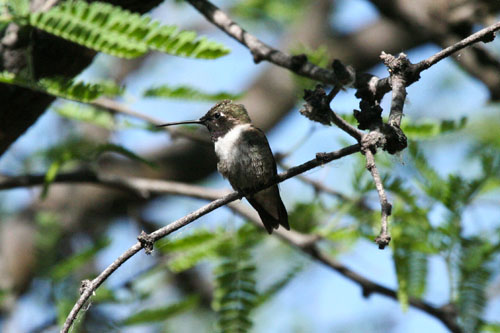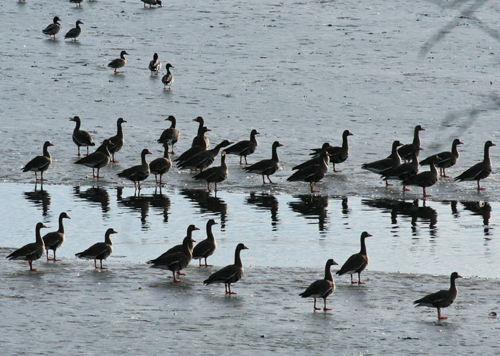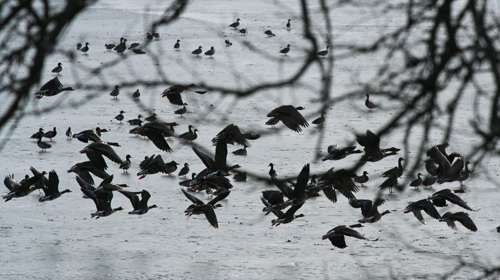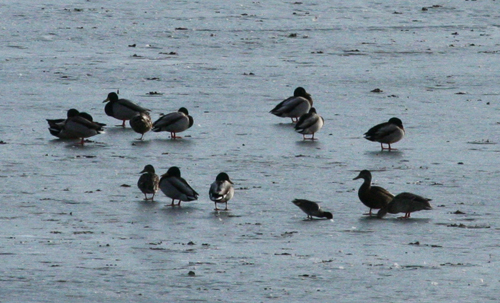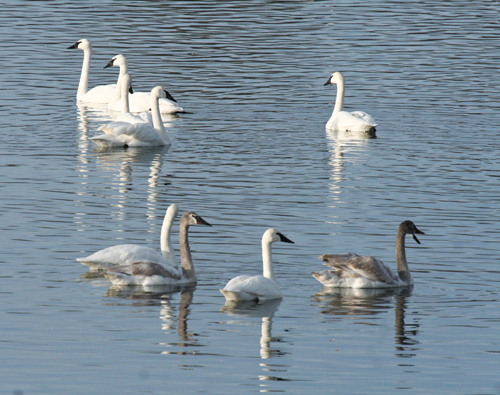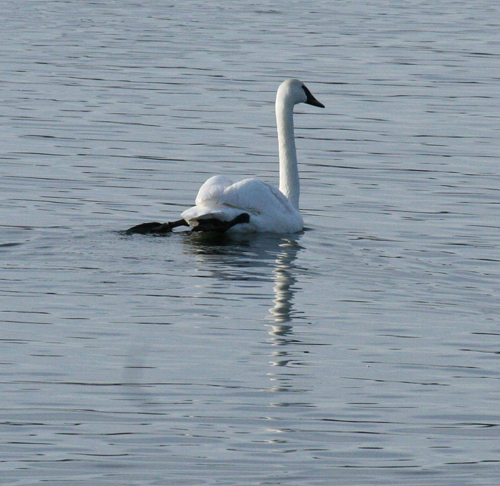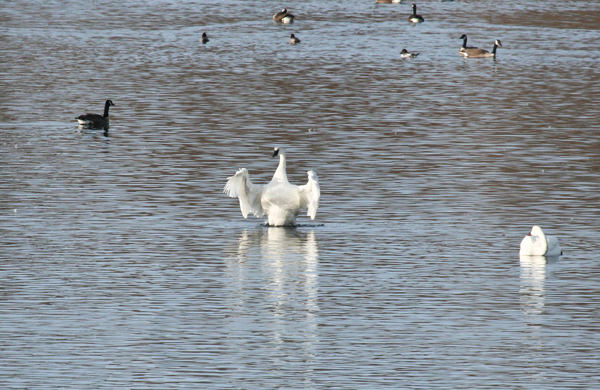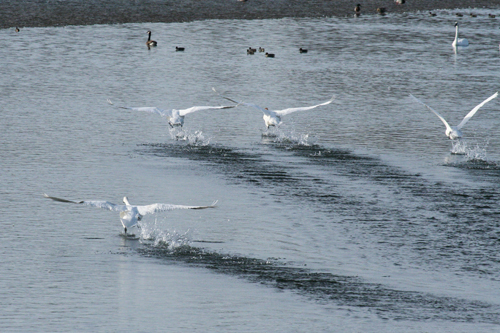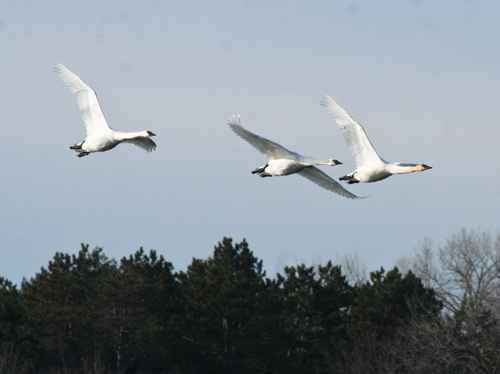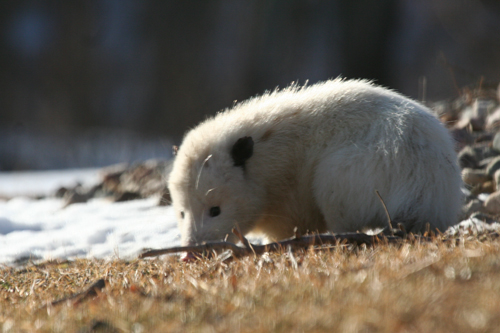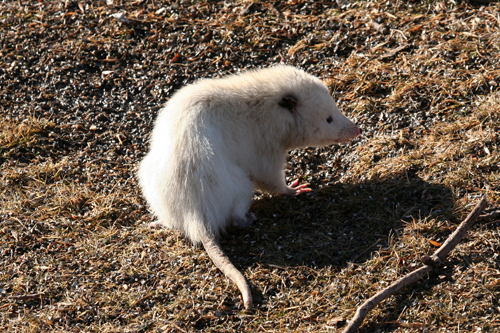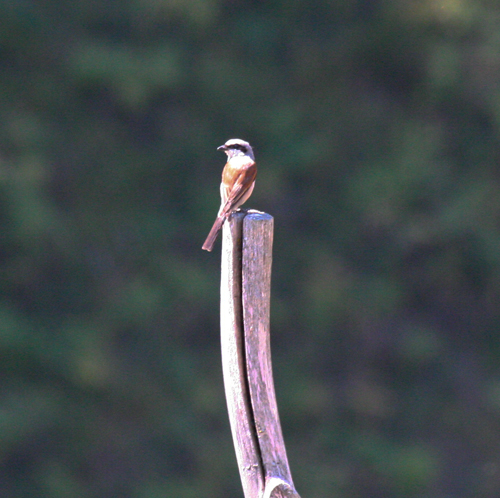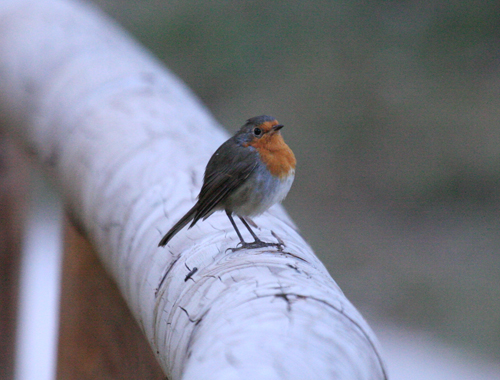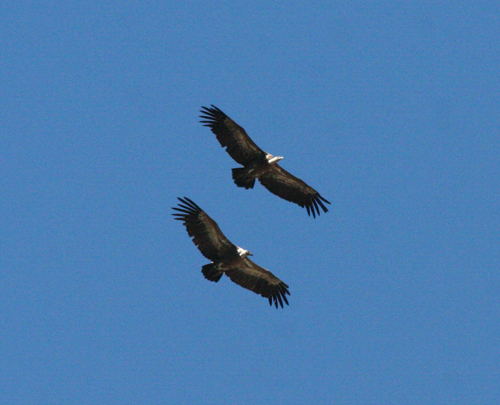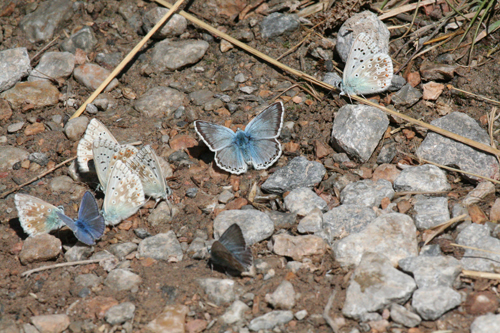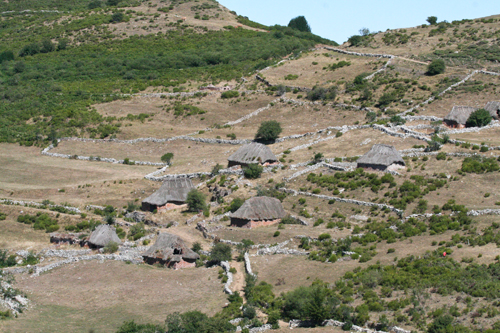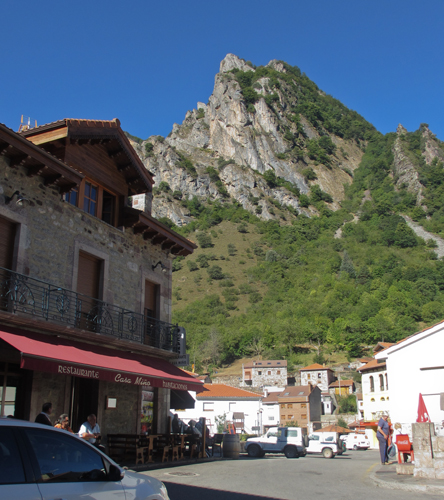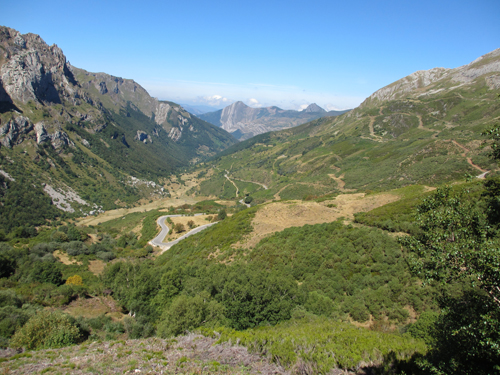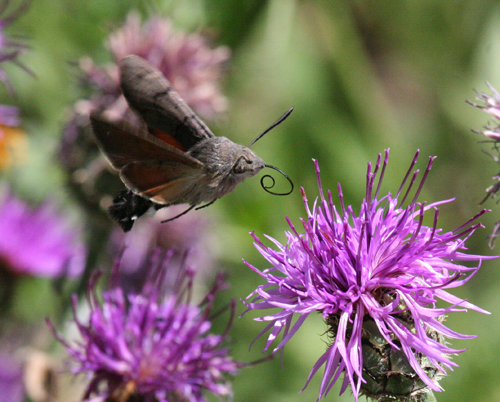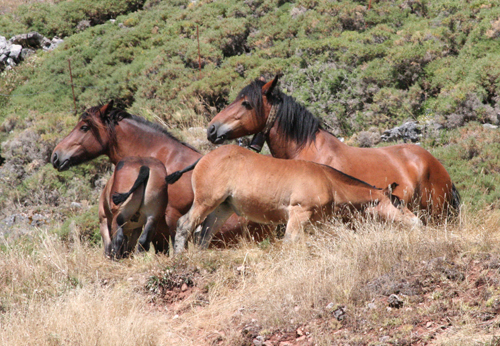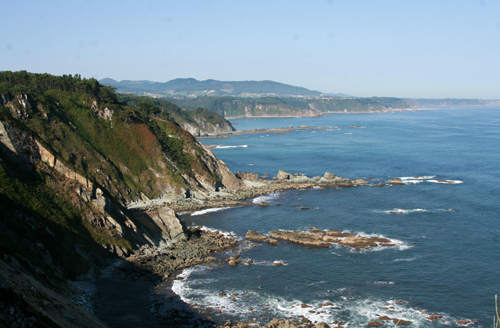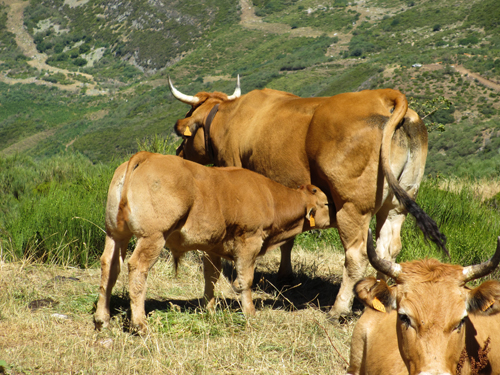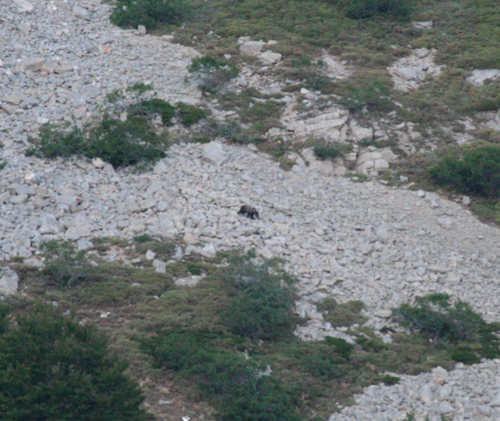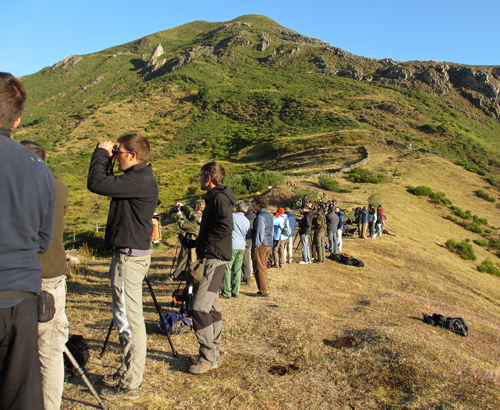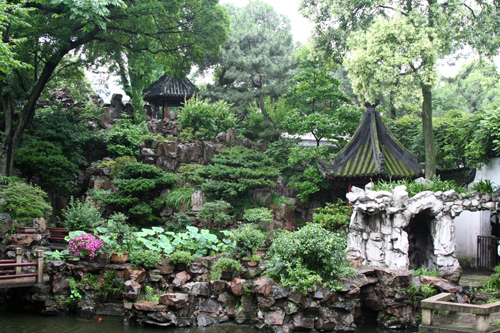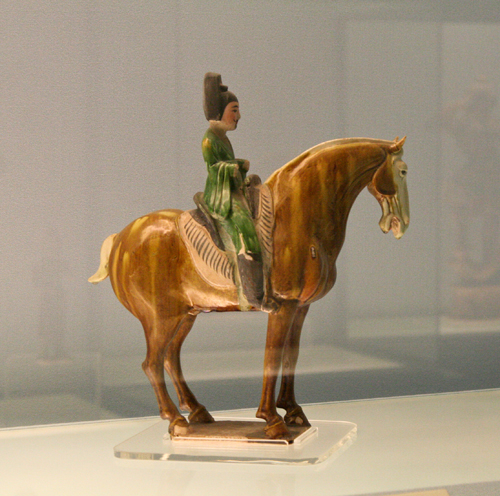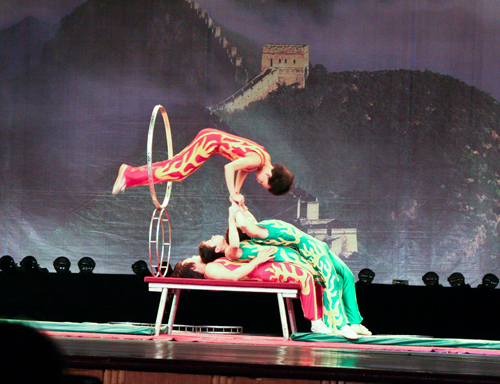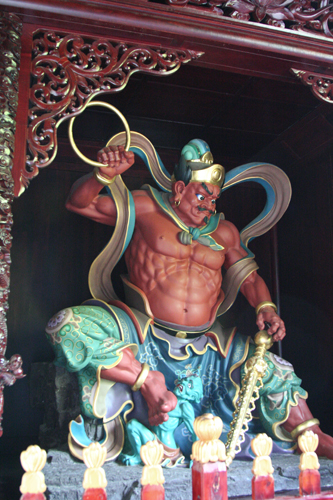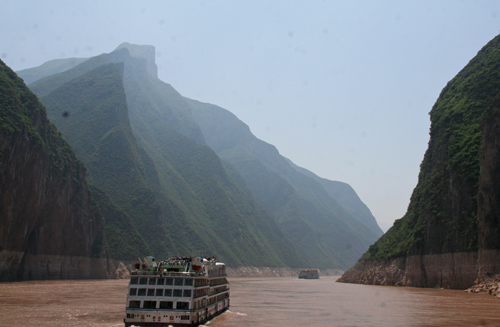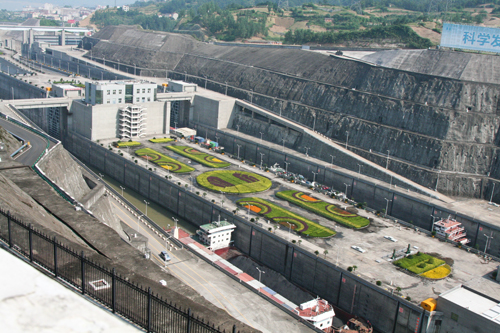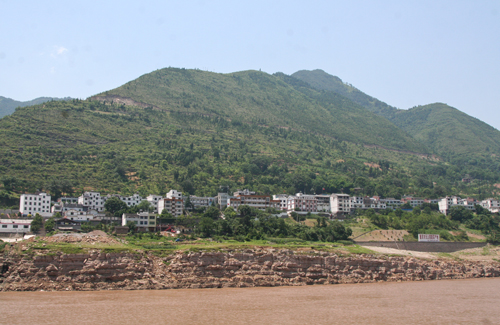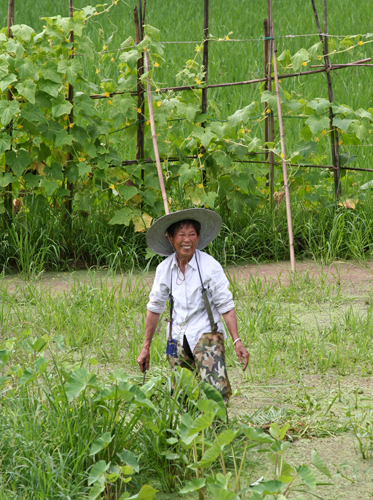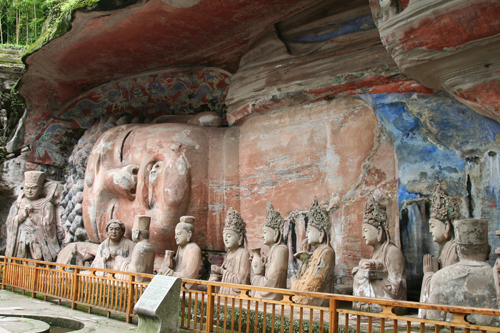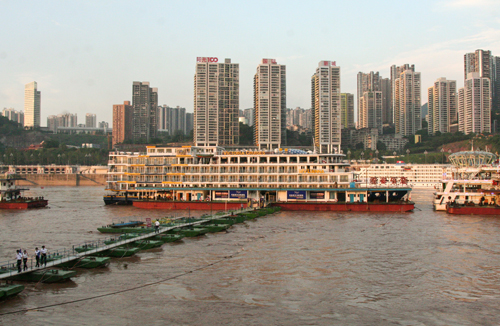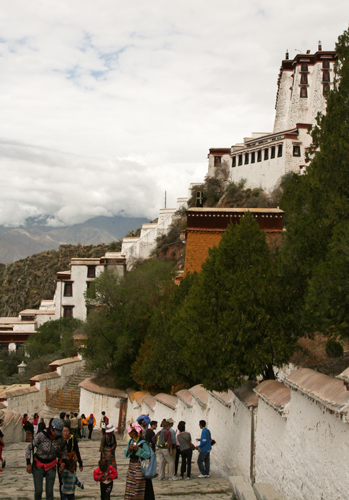The American Birding Association has created 5 Codes (6, if you include extinct birds) to classify the difficulty of finding each species of bird ever found in North America. Code 1 is the easiest and contains the most birds (approximately 500). A few years ago I thought I had seen all of the Code 1 birds except the Purple Sandpiper. A trip to Maine in winter a couple of years ago produced good results, and I was able to check off the Purple Sandpiper. Refer to my Purple Sandpiper blog entry. But in the meantime, the ABA split the Whip-poor-will into two separate species: the Eastern Whip-poor-will and the Mexican Whip-poor-will. The two are nearly indistinguishable except that they have distinctive calls and they are located in sharply different areas of the country. I had long ago and on many occasions seen and heard Whip-poor-wills, but they were all of the Eastern variety.
I communicated with a retired bird guide in Arizona with whom I had birded on one of my first birding trips, in about 2000. He gave me some suggestions as to when and where Mexican Whip-poor-wills might be seen in Arizona. He said that late April and the first three weeks of May would probably be best because the birds are calling more frequently at that time. He also suggested that full moon could be helpful because they tend to vocalize more on bright nights.
Unwilling to wait for the May full moon, Barbara and I took off, flying standby, to Arizona on April 15th, to arrive the day of the April full moon, coincidentally also the night of the eclipse producing the “Blood Moon”. We drove first to Patagonia and from there to Pinery Canyon in the Chiricaua Mountains in far southeast Arizona, arriving at the east entrance through the village of Paradise. The gravel road leading to Paradise from Highway 10 goes through a flat agricultural irrigated area. We started down that road about 6:30 p.m. and saw not a single vehicle or human being for the next 45 minutes, when we arrived at Paradise. The road became increasingly narrow, steep and rough as we neared and passed through Paradise. At about 7:30 p.m. we were elated when a Whip-poor-will fluttered up from the edge of the track and flew about in our headlights for a few seconds before disappearing into the trees. Success!!! How could it be so easy? To top it off, within a few minutes we heard the call of the Mexican Whip-poor-will close by the road, as we crept along at about 5 miles per hour with our windows open. The elusive Mexican Whip-poor-will became number 720 on my North American Life list. Now I await further splits of species by the Ornithologists to create a new Code 1 bird that will force my hand once again.
Before we started up this mountain canyon we took note of the sign warning that drug dealing and smuggling activities occurred within the Canyon and that caution was advised. We were slightly nervous about this, and became more so as the night wore on and we drove through even rougher and narrower tracks, still with no sign of human life. Near the top of the canyon we saw the glow of the full moon behind a mountain peak and arranged to stop to take a picture as it emerged over the peak.
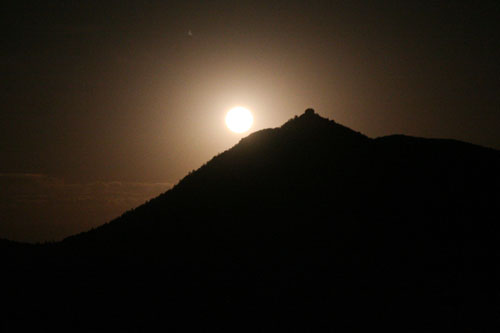
Orion, the Dog Stars, Ursa Major, Ursa Minor and many other constellations were by now prominent in the night sky. At about 9:00 p.m. we emerged from the canyon on the west side of the Chiricauas, and saw our first mammalian life, a big Jack Rabbit, running across the road and a Cottontail soon thereafter. We were nearly back to Willcox and our motel before we saw our first motor vehicle since leaving Highway 10 at 6:30. There still are some remote parts of this country.
Before we drove to the Chiricauas, we detoured to Patagonia to see the hummingbirds and other species at the Paton’s place. Among the Hummers were Broad-billed, Black-chinned and Violet-crowned Hummingbirds.
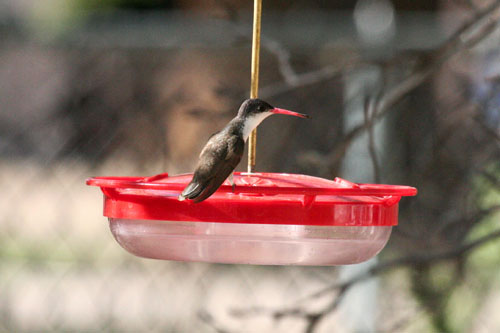
There were quite a few species other than Hummingbirds on the premises to add to our enjoyment of this byway.
On the next day we drove to Tubac, Arizona to try to see the Sinaloa Wren that has been hanging out on the Anza Trail for several weeks. This would be a new life bird for me. This Mexican bird is being seen more frequently in the U.S. in the last few years as it attempts to extend its range northward. Unfortunately, we along with a dozen or so other hopeful birders were disappointed in not finding it before we had to leave to get back to Tucson for our flight home. As we were returning on the trail, a male Black-chinned Hummingbird attracted our attention as it engaged in its mating ritual just a few feet from the trail. I would describe it as flying back and forth at low altitude in the fashion of a pendulum, buzzing loudly. This would go on for 20 or so seconds, and then he would perch motionless on the same low-hanging branch of a mesquite.
